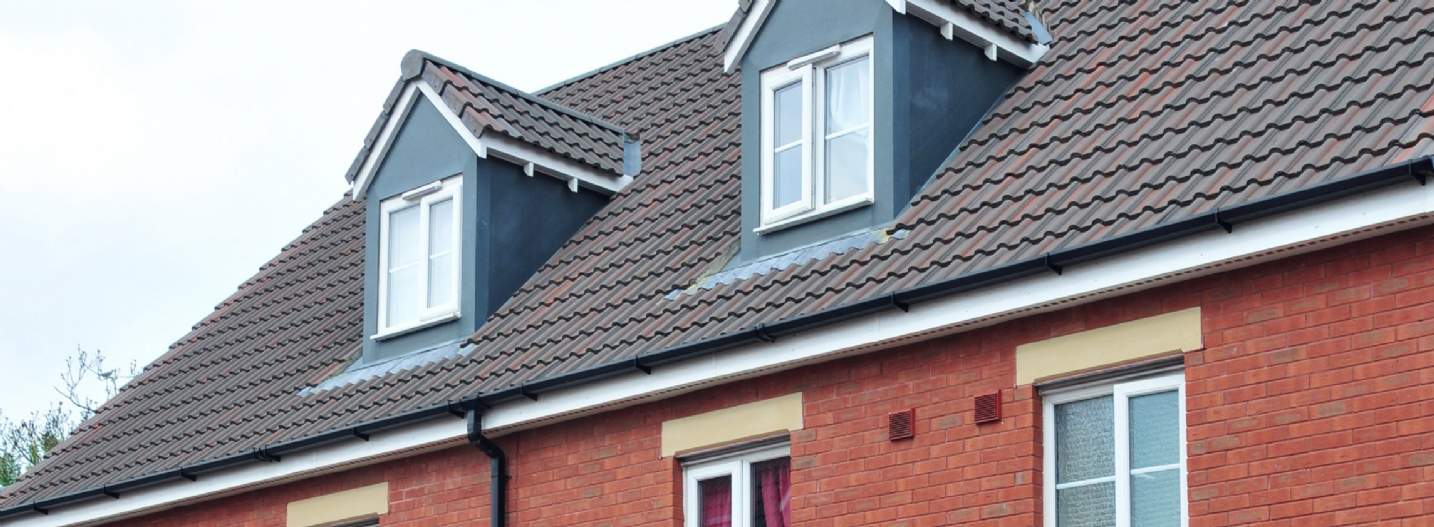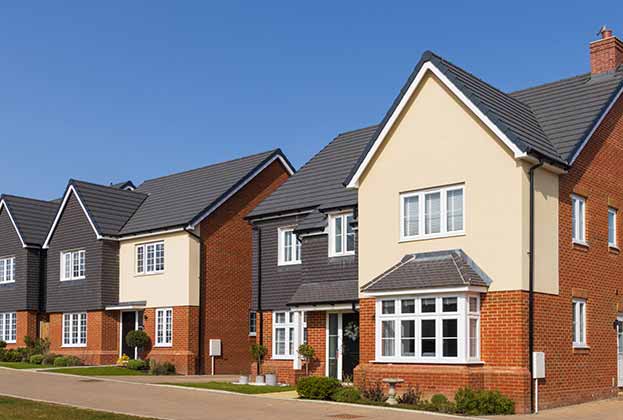Why do investors like Shared Ownership? What are the prospects for the sector going forward?
Increasing allocation to affordable housing
SO is an attractive long-term investment proposition for the growing weight of capital targeting the affordable housing sector. It offers investors exposure to house price inflation primarily through the asset value, alongside a secure index-linked income stream on the unsold equity of homes.
To date, private investment in SO has been concentrated amongst a small number of active players, focused on buying new SO homes. Primarily, these new entrants have expanded their pipelines through acquiring Section 106 homes, but, more recently, some FPRPs, as strategic partners under the current Affordable Homes Programme, have been focused on grant funded delivery. To date, sales of existing stabilised SO portfolios have been concentrated to a handful of buyers, with other investors acquiring stabilised SO as part of mixed tenure portfolios.
Shared Ownership is an attractive long-term investment proposition for the growing capital targeting the affordable housing sector
Steve Partridge, Director, Housing Consultancy
However, in addition to existing players who are keen to continue to raise capital, there is an increasing pool of new entrants, including pension funds, looking at the sector credentials to deliver lower and more stable returns with less sales risk and access to portfolios of scale.
According to the 2024 Savills European Living Investor Survey, 39% of investors are targeting private investment in affordable housing over the next three years. Of these, over 53% are looking to invest over €100 million into the sector, indicating the scale of new capital targeting the sector.
Enhanced financial returns
SO provides capital receipts from first tranche sales and staircasing in addition to the steady rental income delivered through the unsold equity of homes. SO sales have added a total of £6.5 billion to HA turnover over the last decade through both first tranche sales and staircasing.
What’s currently trading?
Until recently, most stock delivered by investor-led FPRPs was new build development or forward-funded acquisitions of new build stock and this continues to be a key supply route. For their pipelines, investors are not seen to be affected by the prospect of a rent cap (as new homes are not affected). While L&GAH and Sage have built mixed tenure portfolios, Heylo, M&G and Gresham House/ReSi have focused on SO.
Those FPRPs with leverage against their current portfolios were particularly affected by the rise in interest rates. As the market has eased, we have seen Sage enjoy success with its Home Stepper (SO) product, using grant to convert private units for market sale to SO. M&G Shared Ownership is actively acquiring stabilised SO, including older/dispersed stock. Gresham House/ReSI have focused more on new development than acquiring stabilised portfolios. The market for stabilised SO is still in its infancy, however there are a number of transactions at scale. Before 2023, trading was in the region of c.3.0–3.4% NIY depending on scale and geography. Current pricing has moved out 25–50 bps with NIY in the region of 3.5–4.0%.
Most investors have limited appetite for sub-EPC C stock and instead are more focused on delivering new build homes to EPC A or net zero standards. Investors also have less appetite for pepper-potted SO flats with third-party freeholders. Houses and unbroken blocks are preferred.
Read the articles within Shared Ownership report below


.jpg)
